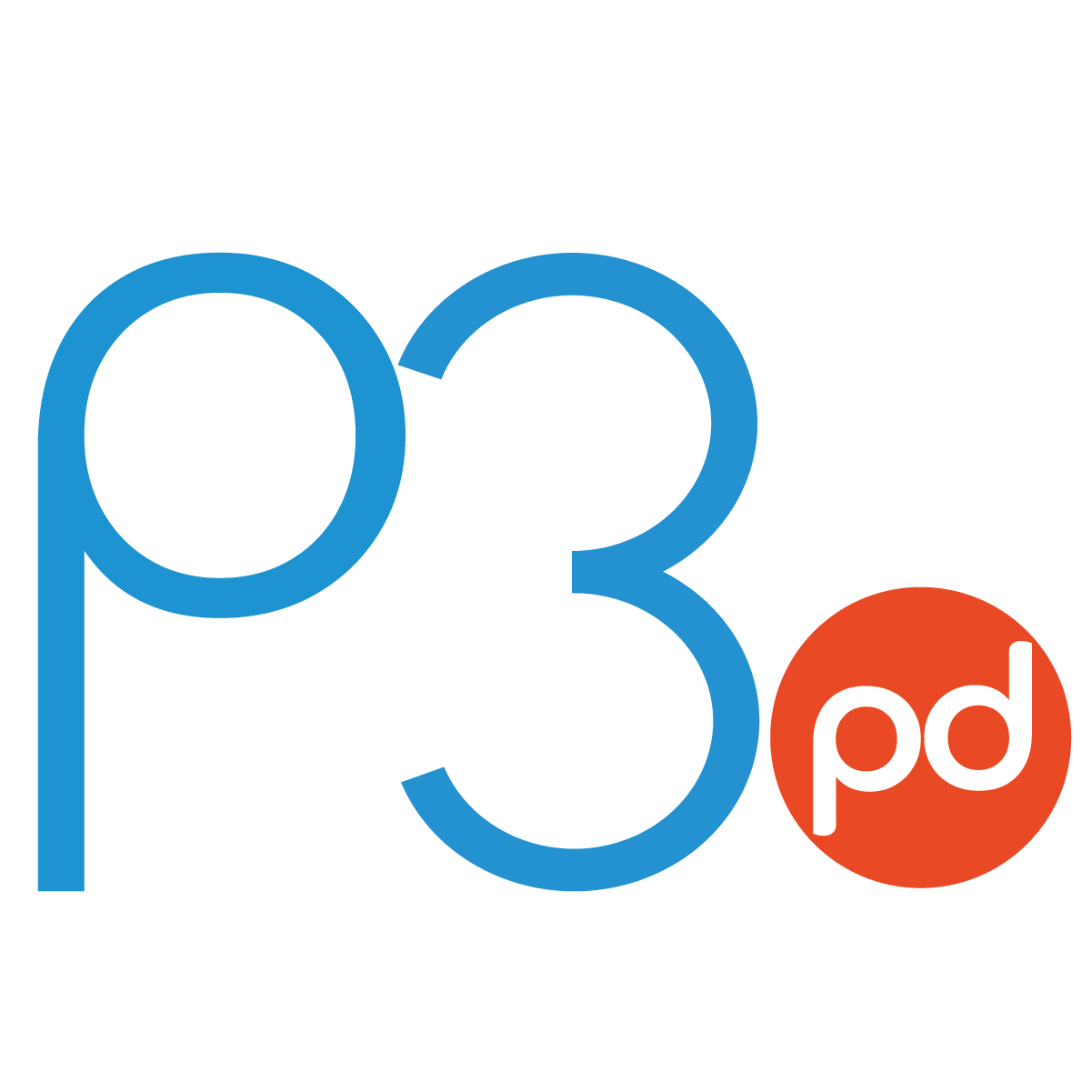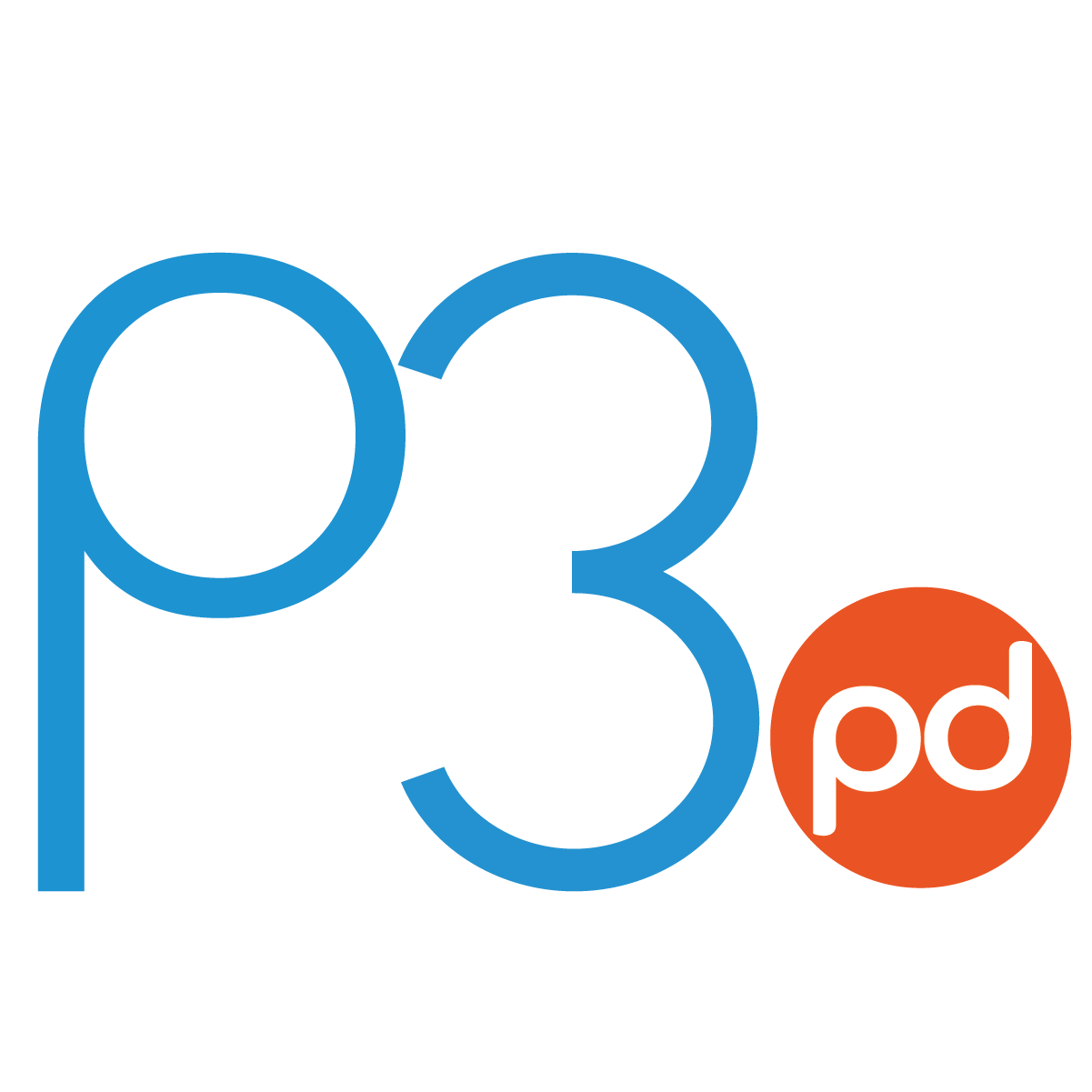How did COVID affect microfluidics and diagnostics?
Over the course of the pandemic Phase Three has been involved in the development of multiple COVID-related products and we have been part of a huge acceleration and change of direction in Point-of-Care and Home Health Diagnostics. We thought it might be a good time to take a moment to catch our collective breaths and reflect on what we see happening in terms of trends and breakthroughs.
Simpler Assays and Cartridges
These have been exciting times for the simplification of test cartridges and consumables as we and our development partners have found ways to execute assays without expensive and bulky valves, mechanisms, and readers. This has resulted in less expensive consumables as technologies such as capillary and paper-based microfluidics have matured, and is making it possible to control fluid transport rates in such a way that the variation in timing from device to device is very repeatable. These repeatability and fluid transport breakthroughs have made lab quality results achievable.
The advent of COVID drove a rapid influx of test development funding which resulted in swift experimentation and design evolution, much like a series of Sprints in an Agile development process. COVID provided a need and urgency that, for Phase Three, created a need for multiple and almost on-going Sprints in our consumables and reader projects.
All of the above resulted in new ways of developing consumables, new tools, and test platforms that we can use to execute assays in an efficient and cost-effective manner.
Trend: simpler assays, simpler consumables, new approaches in fluid transport
Much to do with Phones!
For some time there has been growing momentum toward the use of phones in diagnostics for point of care and home health. A phone can be used to order the test, walk the user through the test workflow, read the result, communicate the result to the user and the health care provider, help the user with the result interpretation, schedule health care provider virtual meetings and follow up tests, and discuss next step treatment plans - these are all being worked into the overall product planning for the diagnostic test.
The advent of COVID drove a rapid acceleration toward this more efficient workflow model for the delivery of healthcare and assay and consumable designs have been tailored to make this possible.
Trend: consumables and readers designed for digital health platforms
Looking ahead to “Any Sample” testing in the Home and in Point-of-Care …
As COVID tests were being developed we initially focused on workflows where the input samples would be from nasal swabs or saliva, but since we were developing test platforms that needed to be sample agnostic, we included design aspects for at-home and point-of-care blood and plasma testing. This has created multiple platforms that are about to enter or have entered the market bringing a wide range of options to consumers and health care providers.
Trend: digital health platforms with integrated phone communications capable of multiple sample types and diagnostics

